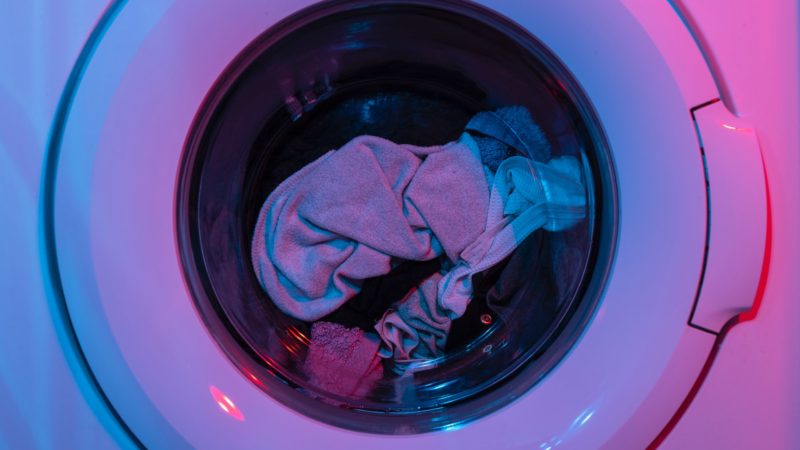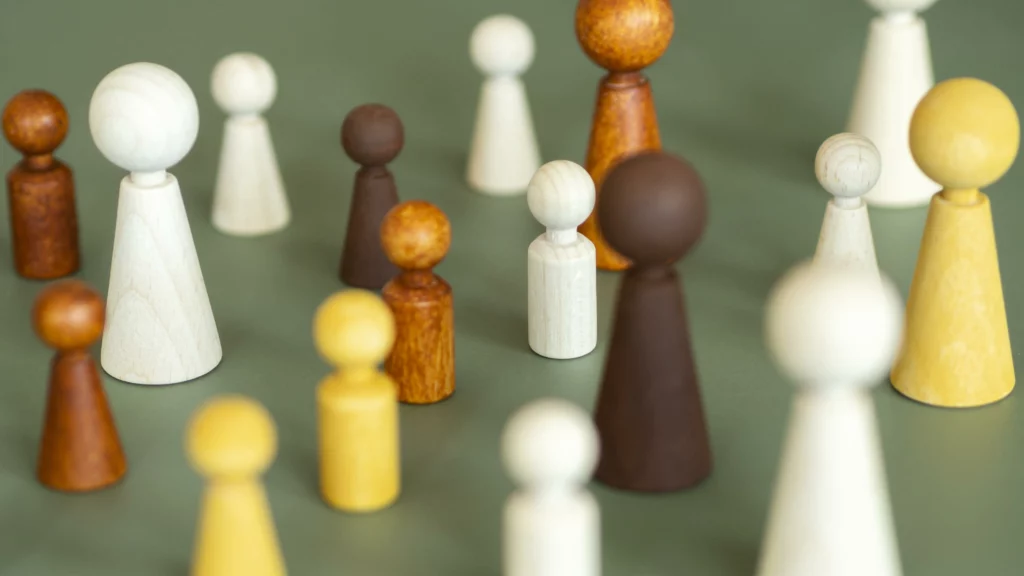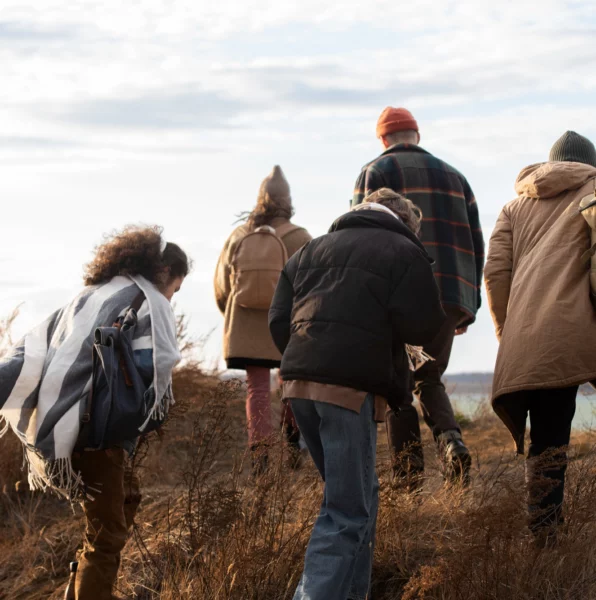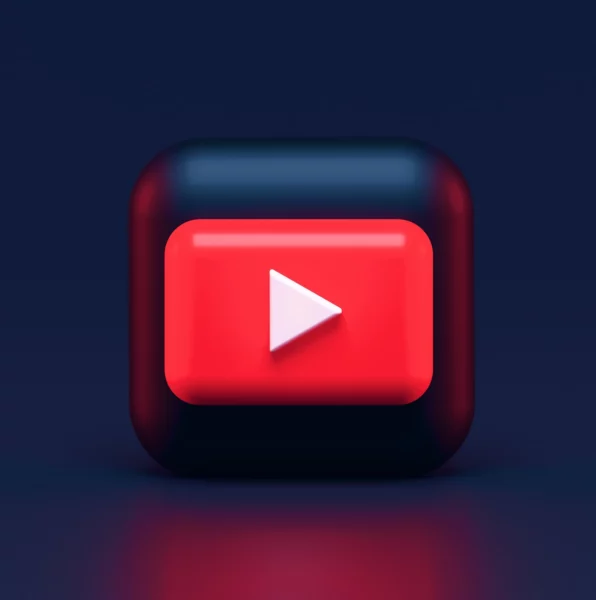How can myths be busted in science communication? Stefan T. Siegel, researcher at the Institute for Business Education (IWP) at the University of St. Gallen, suggests a threefold approach. He explores how science communicators can effectively deal with questionable beliefs and unfounded claims.
The Science, Craft, and Art of Mythbusting
The World Economic Forum acknowledges misinformation as a top global risk1. Social media and generative artificial intelligence fuel easily spread misinformation and disinformation posing a serious threat to our democracies.2
In all domains, facts, myths, and questionable assumptions exist. From an educational psychology perspective, myths can be characterized as common and enduring beliefs, that might seem reasonable initially, yet are contradicted by the current state of research.3
In this guest article I argue that science communication and science communicators can benefit from understanding mythbusting5 as a science, a craft, and an art to effectively deal with misinformation in various domains.
The Science(s) of Mythbusting
When it comes to mythbusting, different sciences, including cognitive and educational psychology, help science communicators understand the prevalence, causes, consequences, and persistence of myths as well as prevention and intervention strategies6.
Knowledge of the latest findings and evidence-informed tools and strategies for combating misinformation and myths7 can help avoid falling into mythbusting pitfalls such as strengthening myths through their over repetition, or focusing only on the facts while neglecting other socio-affective drivers of myths. Helpful methods can be types of prebunking (preemptively addressing potential myths) and debunking (correcting myths and providing sound alternative explanations).
The Debunking Handbook by Stephan Lewandowsky and others provides science communicators and aspiring mythbusters with a valuable summary of the science of mythbusting.

The Craft of Mythbusting
Effective mythbusting in science communication involves more than having sufficient domain-specific knowledge; it also requires building practical skills. Becoming proficient in the craft of mythbusting requires science communicators to a) skillfully use various communication strategies and tools, and b) create well-designed educational materials.
Skillfully Using Communication Strategies and Tools
Science communicators can learn to reach diverse audiences using different formats (e.g., refutation texts, infographics, videos) in a clear, engaging, and even memorable manner. Through (deliberate) practice science communicators can learn to reach various audiences with different formats (e.g., refutation texts, infographics, and videos) in a clear, engaging, and memorable way and to get better at agreeing and disagreeing well in discussions.8
Like mastering a craft step by step, effective mythbusters can learn to use various tools and frameworks efficiently to better identify, analyze, and challenge potential myths (e.g., truth sandwich; heuristics for identifying potential myths; educational myths refutation canvas; mythbusting decision tree;910. Such tools can guide science communicators in systematically addressing potential myths.
Creating Tangible Materials and Engaging Content
Designing visually appealing and accessible (multimedia) materials and content, such as explainer videos, infographics, or podcasts, can support science communicators in mythbusting. These materials, when designed according to quality criteria for educational materials and science communication.11, help to capture the primary audience’s attention and convey more or less complex topics12 Here are some examples of good practice:
- The website Skeptical Science offers scientifically sound and well-designed materials such as refutations of differing length and levels, videos, cartoons, and infographics on climate science myths.
- Bildungsmärchen – Pädagogische Mythen entzaubert (Educational Fairytales – Educational Myths Debunked) is a current podcast by researchers at the University of Kassel fighting prevalent myths about teaching and learning.
- The British campaign Climate Science Breakthrough features comedians in videos breaking down myths about climate science.
The Art of Mythbusting
The art of mythbusting lies in science communicators‘ ability to, among other things, a) connect with audiences not only on a cognitive but also on an emotional and aesthetic level, and b) constructively deal with various tensions in science communication.
Emotional and Aesthetic Appeal
Successful mythbusting often involves storytelling, humor, and creativity to capture the audience’s interest. Balancing factual content with emotional resonance can enhance the impact of the message, making the mythbusting more engaging, impactful, and even entertaining.13
Dealing with Tensions
[A]t the heart of science is an essential balance between two seemingly contradictory attitudes — an openness to new ideas, no matter how bizarre or counterintuitive, and the most ruthlessly sceptical scrutiny of all ideas, old and new15 (Sagan, 1997, 287).
Concluding Thoughts
In essence, effective mythbusting in science communication is a multifaceted endeavor. By understanding, for instance, the psychological underpinnings of misinformation, honing the necessary skills, and engaging with different audiences creatively, science communicators can fight myths more effectively and make science more accessible to the general public.
Science communicators and aspiring mythbusters should all feel encouraged to recognize misinformation as a serious threat to science and our democracies16 and to utilize evidence-informed strategies and tools for mythbusting. Mastering the science, craft, and art of mythbusting has proved itself to be essential in this endeavor.






